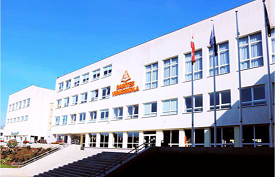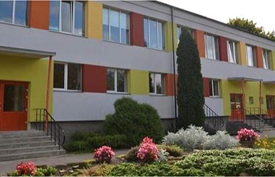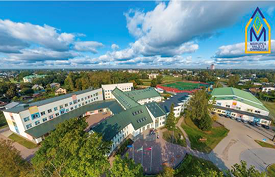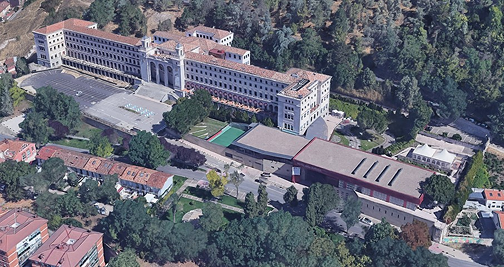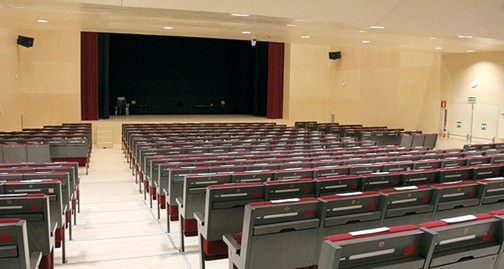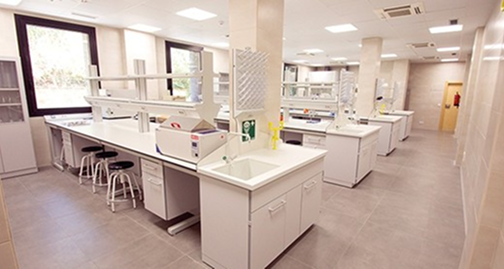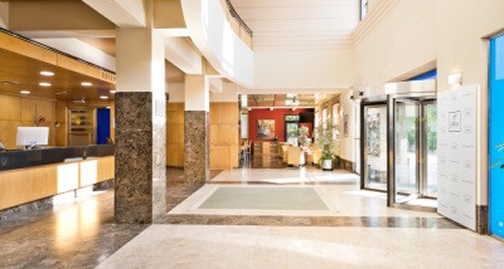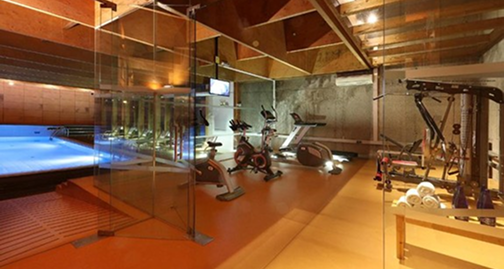PILOT 1: Riga Planning Region, Latvia
WHY THIS PILOT?
Riga Planning Region in Latvia faces significant energy challenges where residents pay nearly twice the European average for energy and only 6% of buildings are energy efficient. This region endures long heating seasons and high energy consumption, especially in educational buildings. With many educational buildings already renovated, the challenge now lies in smarter energy and data management practices. DATAWiSE will enhance how energy data is used to improve building performance, reduce heat loss and raise awareness about energy efficiency, particularly among younger generations.
LOCATION
Pilot 1 takes place in Mārupe Municipality (bordering the capital Riga), within three educational buildings:
- Babīte Secondary School (includes Sports complex) – 18566 m²
- Pre-school (kindergarten) “Lienīte” – 1556.1 m²
- Mārupe State Gymnasium (includes Mārupe Sports school) – 10456.2 m²
KEY OBJECTIVES
Improvements in three Pilot 1 buildings:
- To maintain air quality, develop measurement-based and operational mode tests for rooms.
- To develop measurement-based and operational mode tests recommendations for optimizing energy resource consumption.
- To achieve the building’s self-consumption and the possibility of utilizing any surplus in other municipal facilities through the selection of types and capacities of renewable energy producing equipment economically justified.
IMPLEMENTATION
- The project implementation platform has been established (between Riga Planning Region as the coordinator of Pilot 1 and Mārupe Municipality who owns three educational buildings where DATAWiSE services will be tested).
- Use case services have been defined, services to be tested have been selected and the baseline data collection has been started and provided to the project for development of services (energy, water consumption, air quality and plans of buildings).
- Definition of data collection and monitoring equipment needs for enabling testing of services.
EXPECTED IMPACT
- Precise collection and analysis of building energy consumption and environmental data.
- Support for the municipality, as a building manager, in reducing energy use and operational costs.
- Implementation of centralized energy system monitoring as the foundation of modern energy management.
- Intelligent renovation planning aimed at improving indoor comfort and ensuring long-term sustainability.
CONTACT PERSON

PILOT 2: Burgos, Spain
WHY THIS PILOT?
The Refurbished Heritage Building San José in Burgos was originally built in the 1920s as a seminary and now hosting the University Isabel I de Castilla (UI1), the ABBA Burgos Hotel and an attached sports pavilion offer an operational, data rich environment in which DATAWiSE tools can be validated. The campus combines heritage conservation with modern energy systems and is currently undergoing additional refurbishment, making it ideal to demonstrate lifecycle based renovation optimisation, smart energy management and user centered comfort services.
LOCATION
Pilot 2 takes place in the city of Burgos (Castilla y León), within following buildings:
- UI1 Central Block – ≈ 4000 m² of classrooms, laboratories and research centre
- UI1 West Wing – ≈ 6900 m² under final refurbishment (teaching and research)
- ABBA Burgos Hotel – ≈ 6900 m² (99 rooms, restaurant and events)
- ABBA Sports Pavilion – ≈ 3500 m² (climatized pool, gym, sauna, paddle court and rooftop PV)
- Outdoor areas – 8000 m² (parking, 7500 m² sports courts and landscaped zones)
KEY OBJECTIVES
- HVAC Monitoring for Thermal Comfort and Balance.
- HVAC Forecasting for Climate Scenarios and Occupancies.
- Energy Consume Reduction and Optimization.
- Energy Demand Forecasting for Climate Scenarios and Occupancies.
- Maximum Operational Carbon Footprint Reduction with the specific objective to achieve a Net Zero Energy Building.
- Crowd Monitoring and Evacuation Scenarios.
- Circular Lifecycle Assessment.
- Predictive Maintenance for Equipment Reliability.
IMPLEMENTATION
- Developing advanced solutions for managing electrical and thermal flexibility.
- Using AI to forecast energy consumption and optimise building operations.
- Creating a smart dashboard that balances sustainability goals with indoor comfort.
- Applying adaptive tools to assess risks, resilience, and circular lifecycle aspects.
- Implementing predictive maintenance strategies and assessing smart readiness.
EXPECTED IMPACT
- ≥ 20 % reduction in delivered energy for university and hotel spaces and ≥ 30 % for the sports pavilion.
- 15 % improvement in occupant comfort scores validated via surveys and sensor data.
- 40 % embodied carbon savings in West Wing fit out through data driven material selection.
- On site renewable share increased to 80 % through additional PV and optimized scheduling.
- Creation of an open BIM dataset and best practice guidance for heritage mixed use campuses under the DATAWiSE exploitation package.
CONTACT PERSON:

PILOT 3: Stanz im Mürztal, Austria
WHY THIS PILOT?
Stanz im Mürztal in Austria is a small rural municipality actively engaged in renewable energy production and local energy community initiatives. While often overlooked in the digital and energy transition, it holds strong potential for innovation. The region is already operating photovoltaics, hydropower, storage systems and a local heating network. Through DATAWiSE project, the focus will be on improving energy monitoring and planning, supporting data-driven investment decisions and enhancing the use of collective energy resources. This pilot aims to strengthen local resilience by addressing site-specific challenges such as climate and natural hazards, while empowering the community with practical knowledge and tools for smarter energy and facility management.
LOCATION
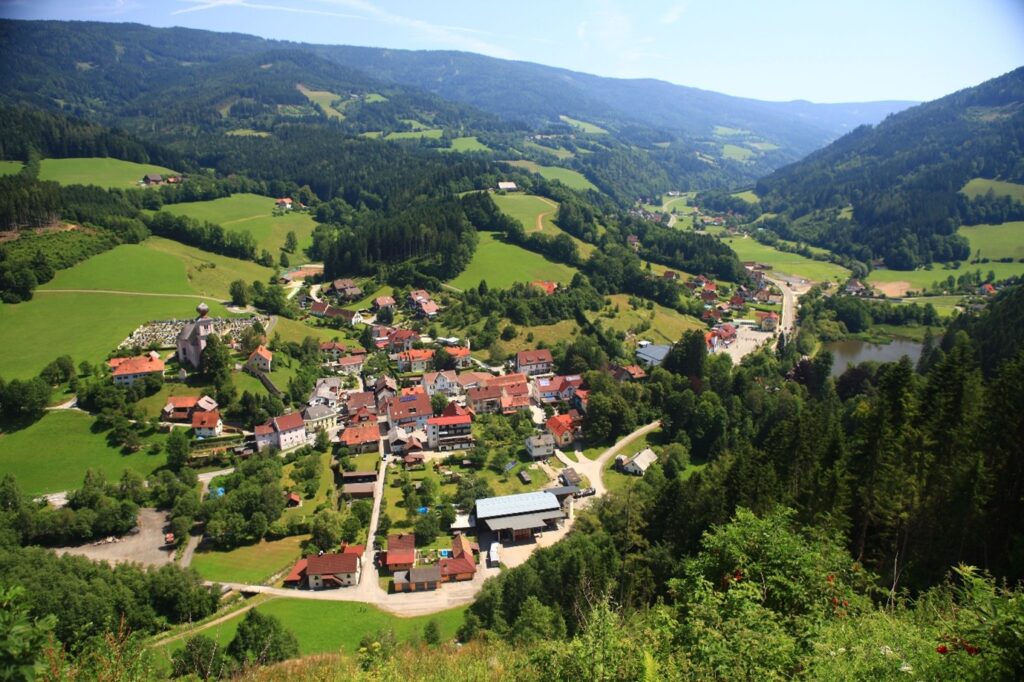
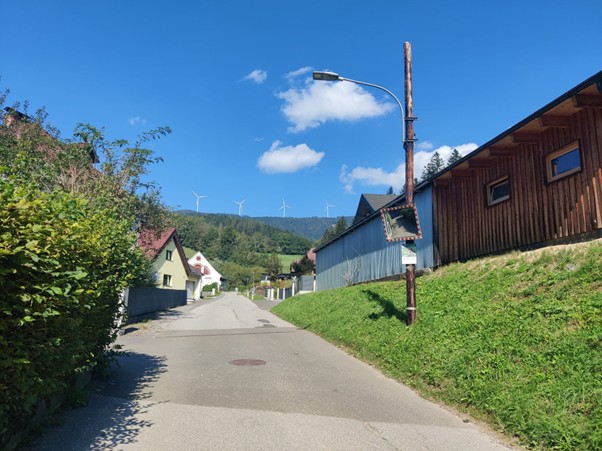
Pilot 3 takes place in Stanz im Mürztal (region of Styria) , within several building types in the local energy community (EG Stanzertal):
- Town Hall
- School Building
- Residential Flats
- Local Shop
KEY OBJECTIVES
- Monitor real-time energy usage in selected buildings using smart sensoring infrastructure.
- Identify opportunities for energy efficiency improvements and support renovation planning.
- Explore flexibility management and energy sharing among community members.
- Test and demonstrate the DATAWISE toolkits, especially for visualizing energy flows and assessing renovation impacts.
- Engage local stakeholders in co-creation and feedback to ensure tools are usable, practical and tailored to their context.
- Extend the existing energy community by including more consumers, residents and external stakeholders.
- Expand the energy community beyond the local level by leveraging the OurPower P2P marketplace.
IMPLEMENTATION
- Smart sensors and monitoring systems are being integrated where possible and existing data is being leveraged to enhance deployment.
- Testing tools from the DBPM and LD2S toolkits, particularly those focused on energy monitoring, flexibility management, renovation and smartness scenarios and data visualizations.
- Local key actors include the municipality, energy community representatives, local homeowners and businesses, energy producers and distributors.
- Support the expansion of the energy community by engaging additional residents while also fostering long-term local participation.
- Through the introduction of the OurPower P2P marketplace, the energy community will expand beyond the region by involving Stanz expats across Austria.
EXPECTED IMPACT
- Improve understanding of energy flows and building performance.
- Make more informed renovation and investment decisions.
- Unlock flexibility potential for future energy markets.
- Strengthen cooperation among members of the energy community.
- Enhance degree of self-sufficiency within the energy community.
- Grow as an energy community on a local and national level.
KEY ACTORS ON SITE

